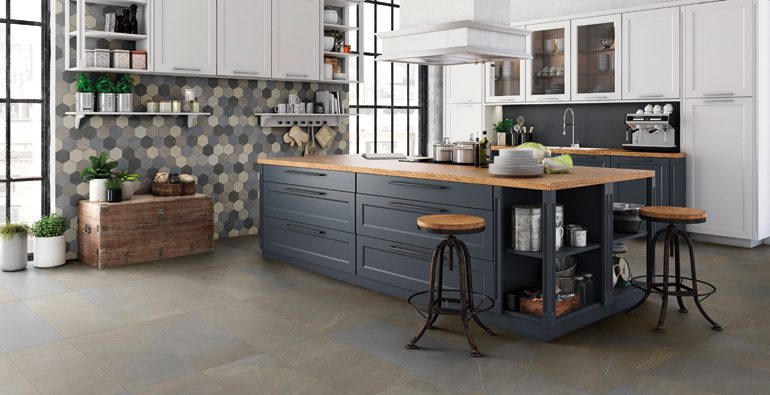One of the most enjoyable parts of having your own home is decorating it just the way you like. With so many ideas floating around in your head, it may be difficult to find a way to make them a reality in the space you are working with. Most people aren’t well-versed in interior design and need some assistance getting started with beautifying their home. Read on to learn some interior design basics to get you started on your decoration project today.
Purpose
Think about what each room is going to be used for before committing to a design. Each space in your home can be used for multiple purposes, but focus on what items are essential to the area before adding extras. Will it be a high traffic area? Will moisture be an issue? These first decisions dictate the overall picture of the room and this is a perfect place to start the design process. For instance, a kitchen (both high traffic and a wet area) should not attempt to use wood floors. Instead use a porcelain wood-look tile to simulate the look of wood floors with the benefits of durability, ease of maintenance and being waterproof.
Next consider the colors on the wall and which items would complement it if they were placed in the room. When it’s time to choose additional items for the space, respect the idea of “less is more”. Too many pieces can give the space a cluttered appearance and can clash with the original theme of the room.
Layout
Thoughtful furniture placement will go a long way in giving the room good flow. Keep pathways clear so guests don’t feel like they are walking through a maze to get to their destination. Space large and small furniture out evenly through the area to prevent it from looking too crowded or unbalanced. Be sure that your furniture does not block the entrance of the room as this can make the space look closed off from the rest of the house.
Focus
Using a focal point in the room is a good way to kick start your design. Try bringing attention to a uniquely shaped piece of furniture, an existing architectural design or a large hanging watercolor painting in the room. You can then build on that theme by using your furnishings as support to the main piece. Point chairs or side tables towards it to ensure your guests eyes will be drawn to that area. Then use the lighting in the room to keep the focus there when the sun goes down.
